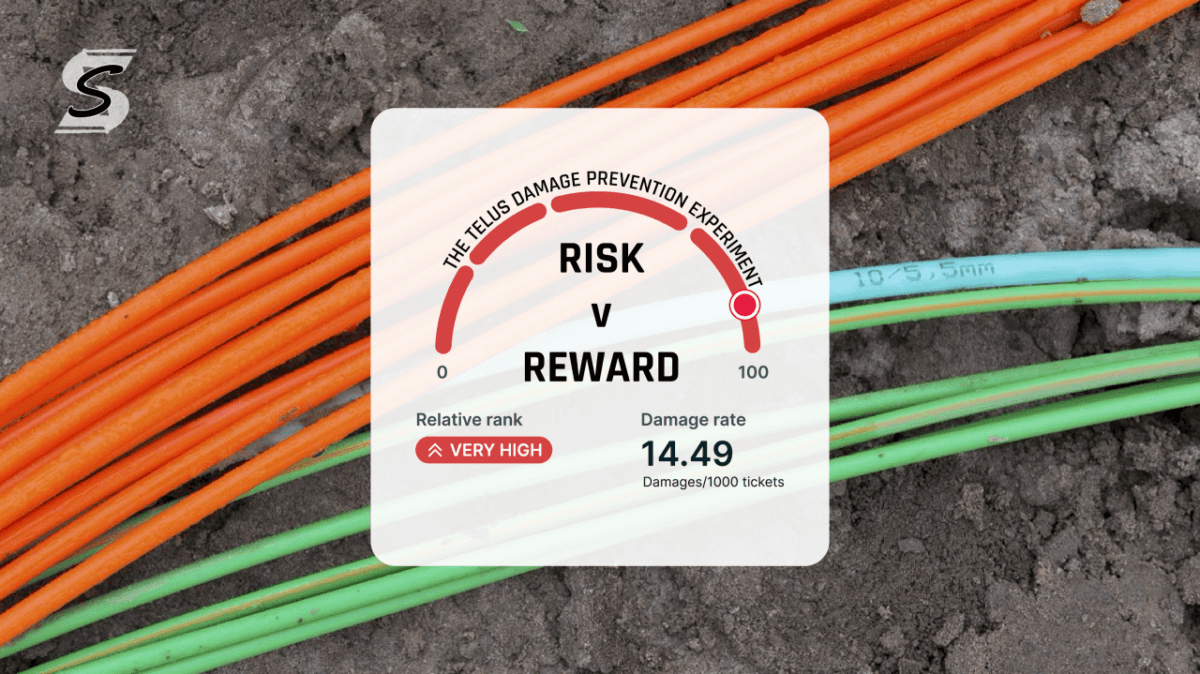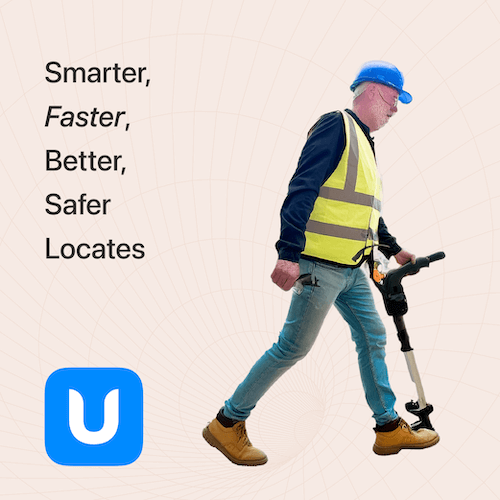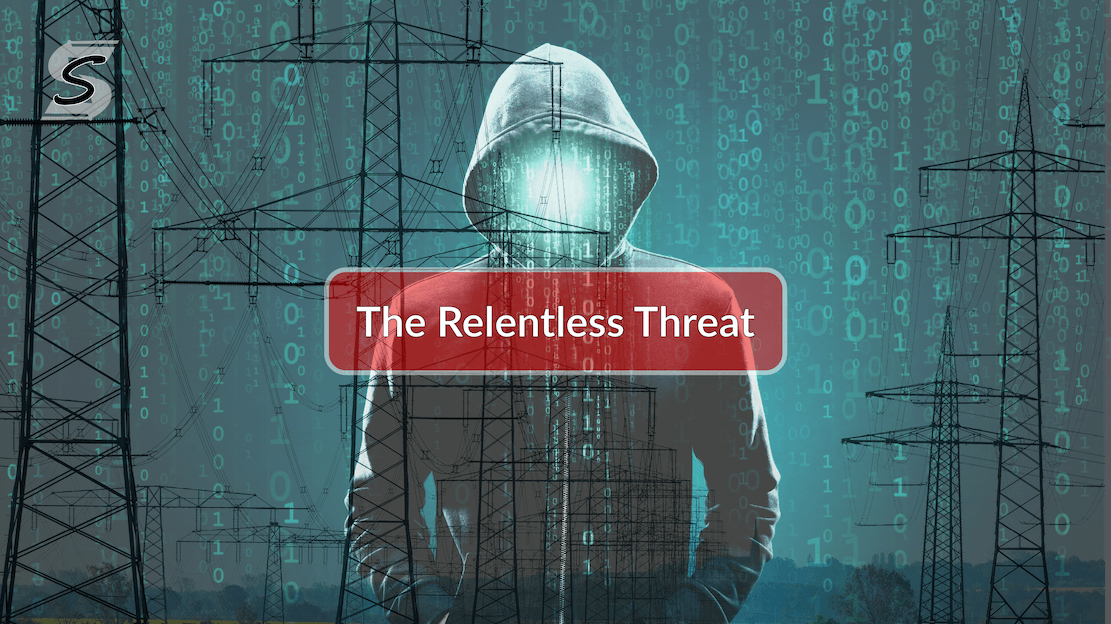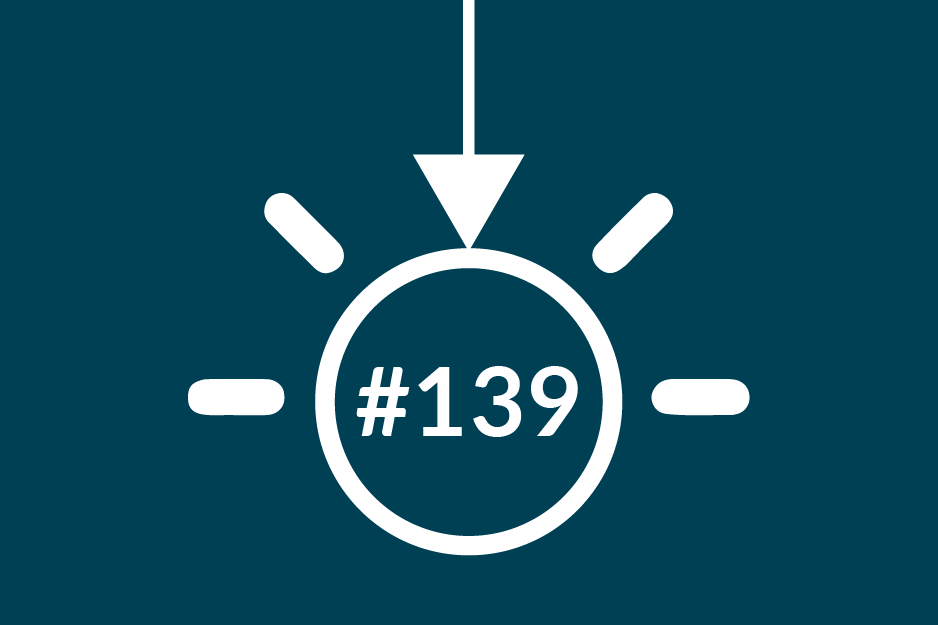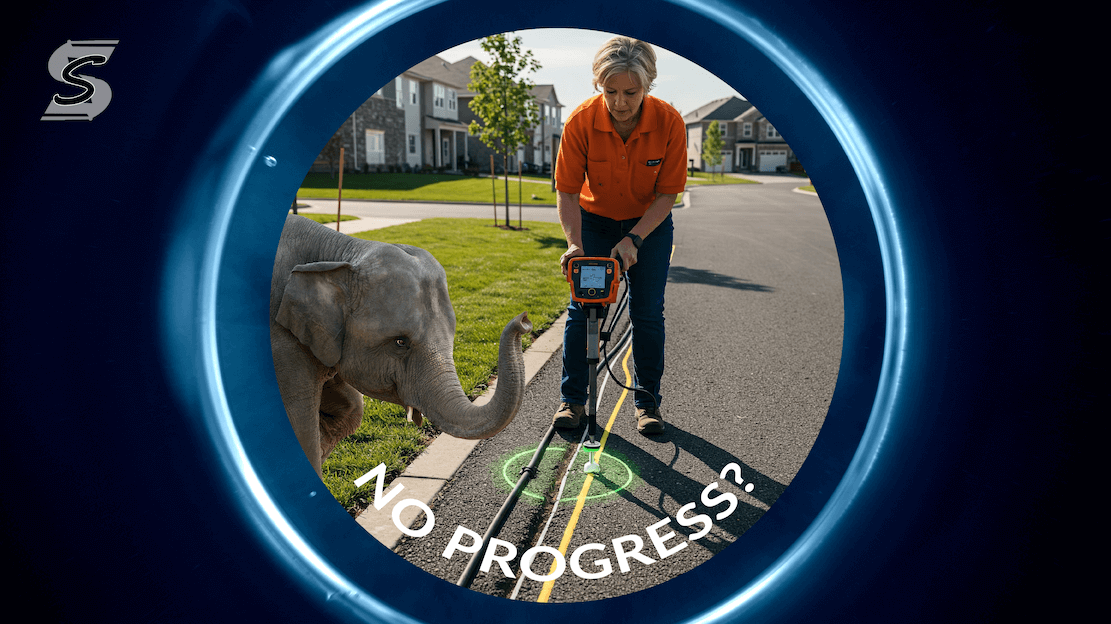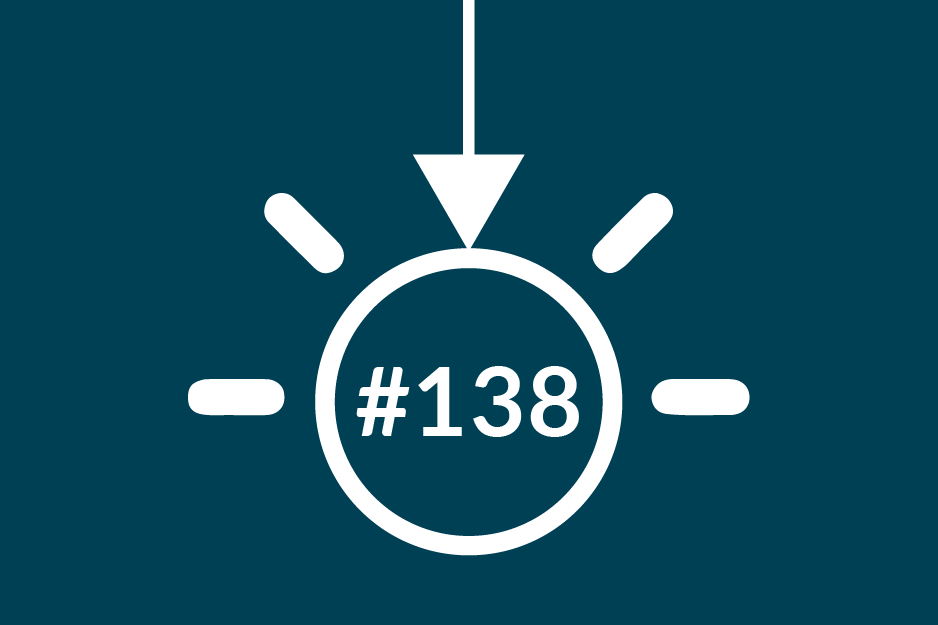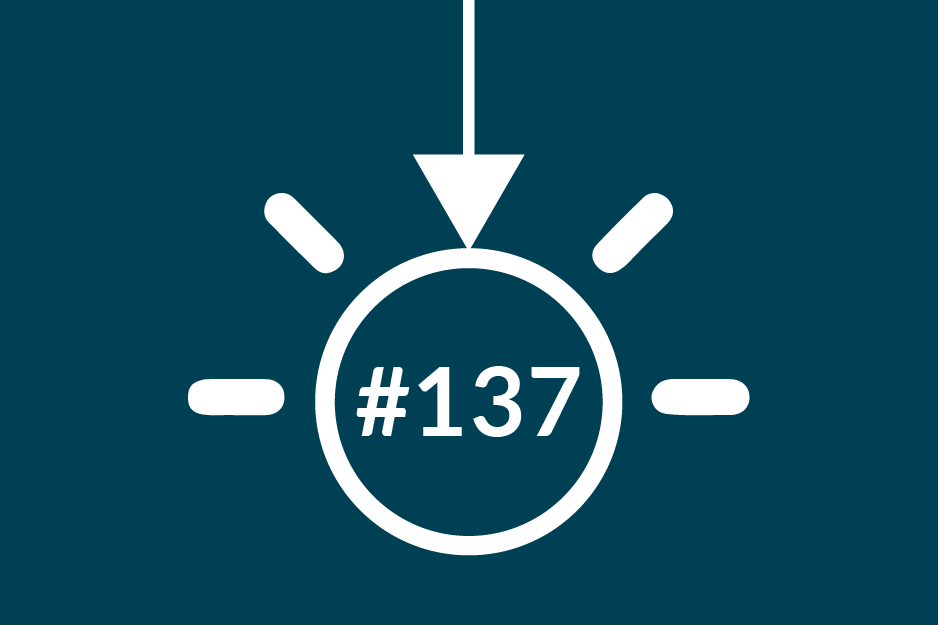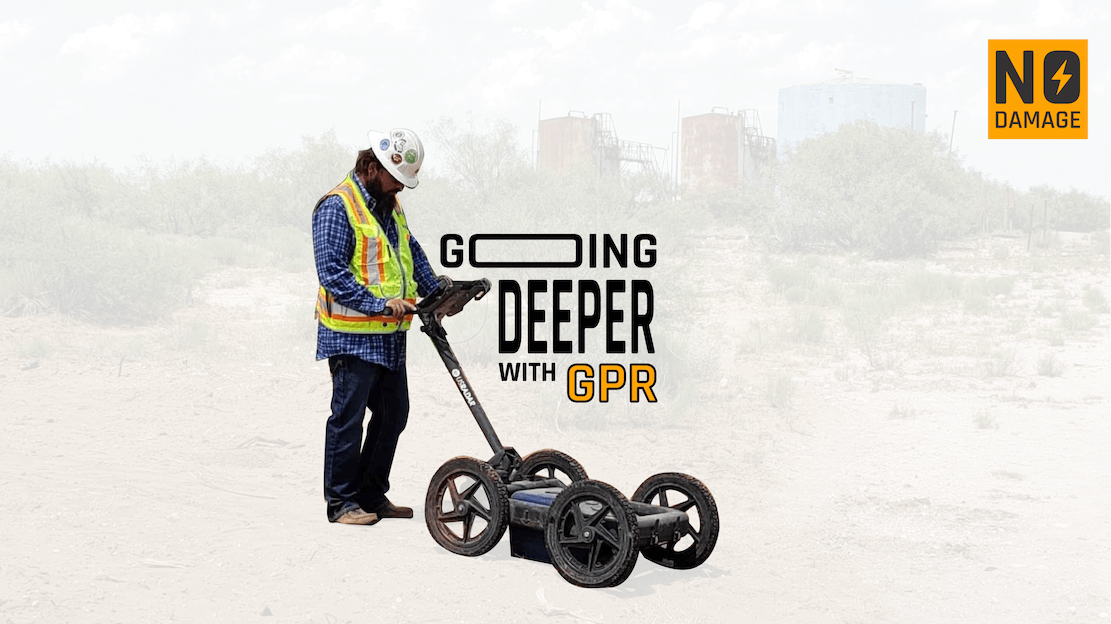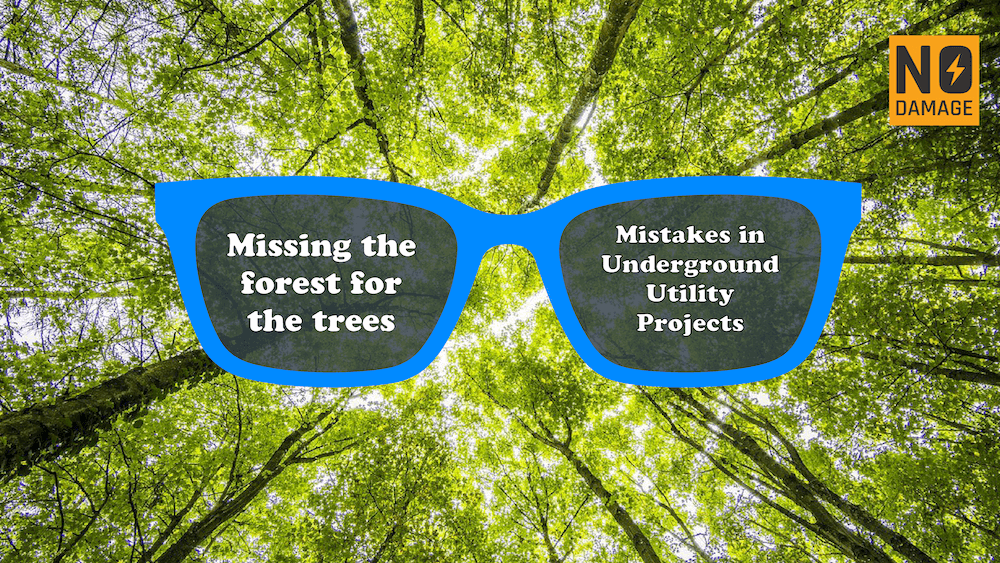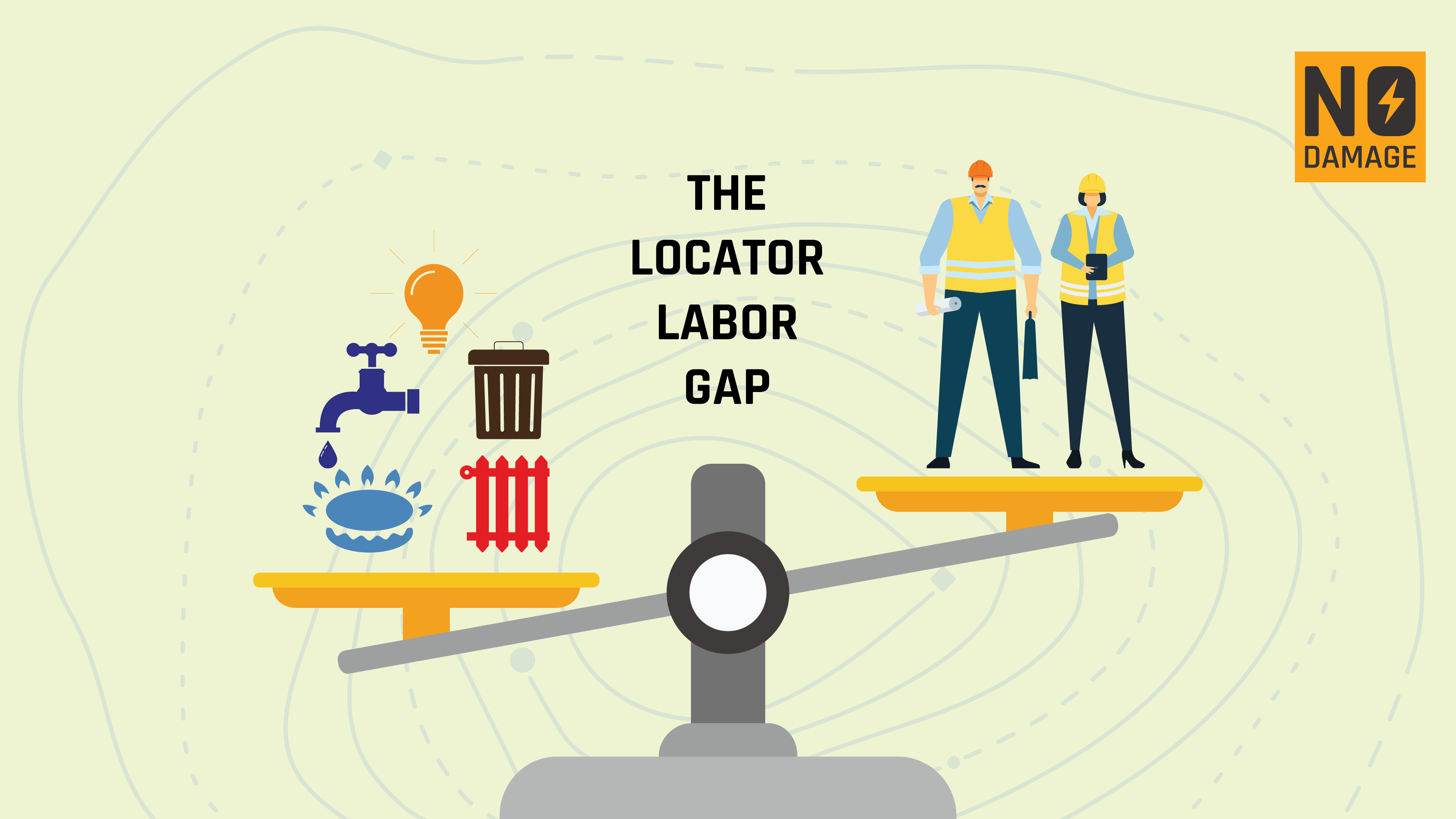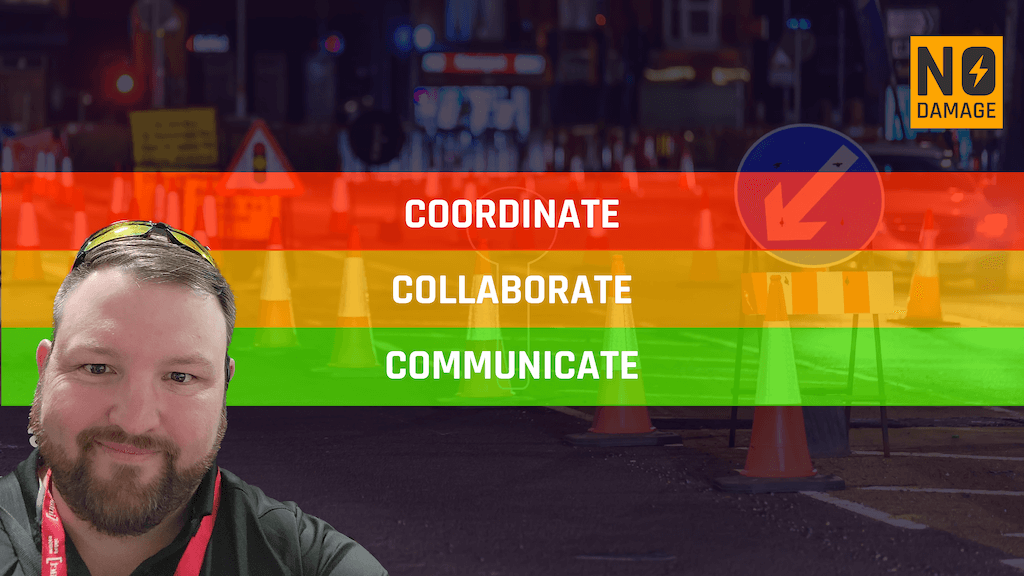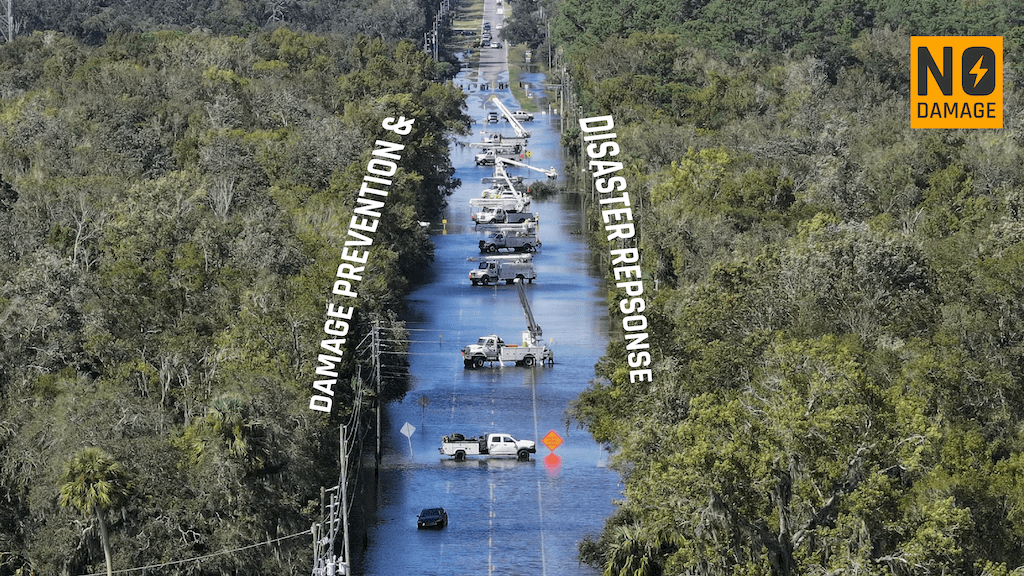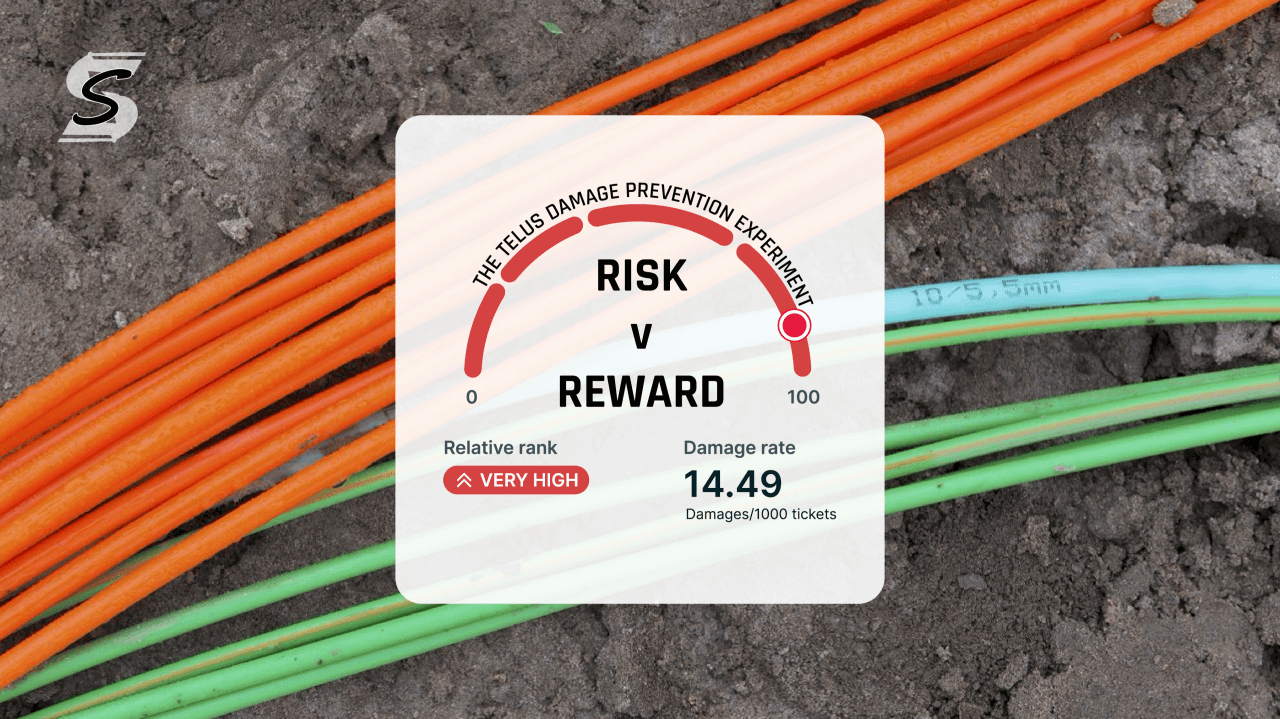
TELUS, has taken a bold step in transitioning its damage prevention strategy. In provinces that allow it, TELUS now responds to locate requests by providing automated map packages rather than conducting traditional physical locates. This shift has significant cost-saving implications for the company, but it also raises questions about risk, accuracy, and responsibility. To me it's kind of similar to the driverless car debate - Who takes liability? Can we trial it without harming anyone? What happens to the jobs of the people normally involved? Is the risk greater than the reward?
This change highlights a growing trend - one that could reshape the damage prevention landscape across North America. But as with any bold move, the potential for unintended consequences looms large. Let's take a look at what they might be...
The Cost-Benefit Analysis
The financial appeal of this model is undeniable. One utility estimated it could save up to $9 million annually by adopting a similar approach. TELUS’ decision likely reflects a calculated cost-benefit analysis: why should a utility bear the costs of facilitating developers’ projects when the developers stand to profit? Some argue that passing these costs to ratepayers is unfair, while others contend it’s a necessary trade-off for maintaining affordable services.
In a world where cost efficiency often takes precedence, it’s easy to understand TELUS’ rationale. However, the broader implications - including safety, reliability, and the public’s trust - must also be weighed. Notably, some major U.S. utilities have adopted similar approaches, with mixed results. While the immediate cost savings are clear, the 29:1 ratio of wider societal costs to direct costs - a key figure in damage prevention - may be overlooked in these calculations. It opens up questions about corporate responsibility and safety too.
Are Maps Enough?
At the heart of the debate is whether maps are a sufficient substitute for traditional locates. TELUS’ maps come with disclaimers: they aren’t locate sketches or as-built drawings and lack measurements to fixed objects. Excavators are still responsible for verifying the information and preventing damage. So some extra pressure is put on the excavator to confirm utilities are where the map says they are. For the record I think it's a good thing for excavators to check - whether they have trained locators on staff or outsource to traditional locators. But it does mean creating some data gaps between utilities, one call, excavators etc, when we should all be working together to refine and share data. And if discrepancies are found by the excavators locator will those be pushed back to the utility? Likely not.
This approach places significant pressure on TELUS to ensure its maps are accurate and up-to-date. Any discrepancies could lead to service outages or, worse, safety hazards. And while some may downplay the importance of telecom lines compared to gas or electric utilities, these lines are essential for critical services like 911 calls. Disruptions could have far-reaching consequences.
Risk Modeling and Prioritization
The shift also underscores a critical challenge in damage prevention: how to prioritize what matters most. As Jemmie Wang Wang often notes, “If everything is important, nothing is.” Utilities must determine which risks demand immediate attention and allocate resources accordingly.
Advanced technologies like Urbint’s AI-driven risk modeling can help. By analyzing vast amounts of data, these models can identify high-risk areas and guide decision-making. Incorporating such tools into damage prevention strategies could bridge the gap left by reduced physical locates and ensure that critical infrastructure remains protected.
I think it's crucial to have locators on the ground sharing their expertise and providing quality data to make maps better and allow AI to make better decisions (AI is only as good as the data it has access to.) So this move by TELUS could undermine those efforts. At the same time I understand large utilities wanting to reduce costs.
The Domino Effect
TELUS’ policy is not entirely new. It has been implemented in British Columbia for some time, and similar models are prevalent in Australia. With TELUS now expanding this approach in Alberta, the stage is set for a potential ripple effect. Other telecoms, especially those not mandated to participate in One Call systems, may follow suit. And it should be noted that there is a CRTC precedent stating that Telecoms cannot be forced to be members of a one call in Canada. (Does not apply in Ontario because of the one call legislation)
This could lead to a broader shift in damage prevention practices across Canada and even into the United States. The annual DIRT Report, will be an important resource for assessing the impact of this change. If damage rates increase, it could spark a reevaluation of the model. Conversely, if TELUS’ maps prove effective, the industry could embrace this cost-saving strategy more widely. It should be noted that a gas company in BC has shown a decrease in damages with this same model.
However both companies will send out a locator if maps do not appear correct and the gas company will respond if the excavator or private locator cannot find the utility based on the maps provided. (checking with Telus to be sure on this point but the gas company does for sure)
A Risky Experiment
Ultimately, TELUS’ decision represents a high-stakes experiment. The potential for cost savings is substantial, but so are the risks. Outdated or inaccurate maps could result in damages, outages, or safety incidents, undermining public trust in the company’s commitment to infrastructure protection.
As we watch this unfold, one question remains: how do we balance efficiency with safety? TELUS’ strategy highlights the importance of prioritization, risk modeling, and accountability. Whether this model spreads like wildfire or fizzles out will depend on its real-world results. For now, all eyes are on TELUS to see if they can deliver on their promise of a safer, more cost-effective damage prevention strategy without igniting any fires - literal or figurative.
Share this Post
